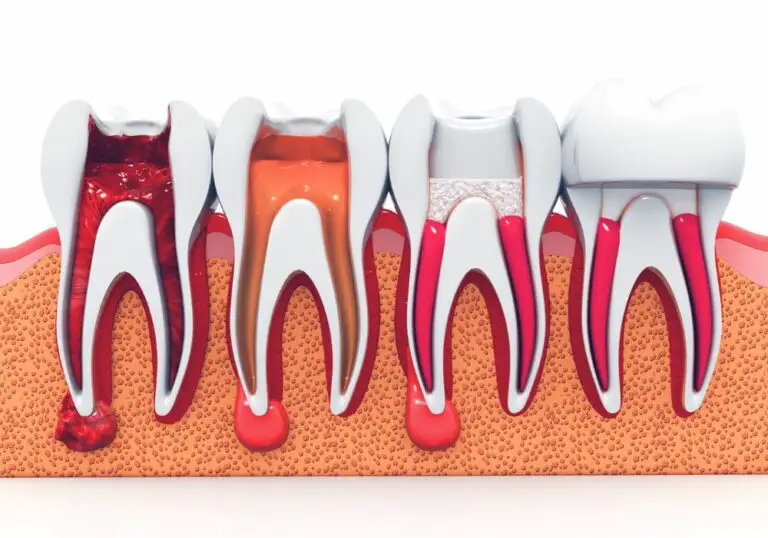Sharks are magnificent creatures and skilled predators of the sea. Many have the misconception they are bloodthirsty killers, but contrary to popular belief, these creatures do not naturally attack or hunt humans.
However, the idea of seeing a shark with its mouth open and baring its teeth is a frightening sight. And that ferocious sight may beg the question, how many teeth do sharks have anyway?
Well, that’s what we’re here to find out but it’s not a straightforward answer. All you need to do is read on to find out more!
How Many Teeth Do Sharks Have?
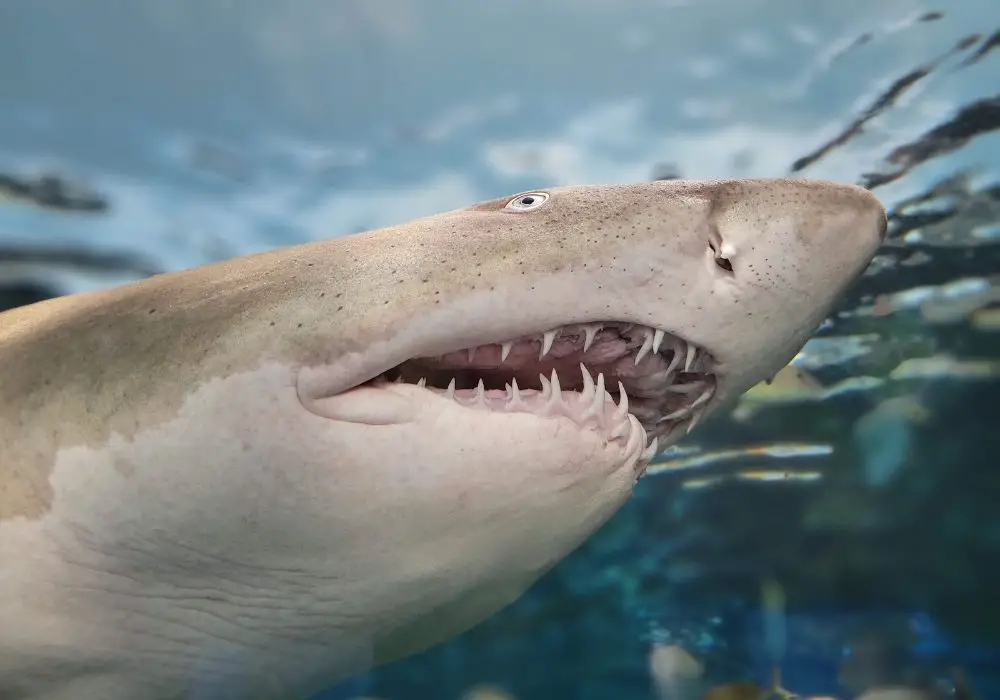
Compared to us who grow 20 milk teeth that are replaced with 32 adult ones, the number of shark teeth in a lifetime can be a little shocking.
Most shark species can have as many as 300 teeth since they usually have at least five rows of them. They can lose dozens of teeth each month, with some species getting through an overwhelming 25,000 to 35,000 teeth in their lifetime.
Generally, sharks’ teeth are not as scary as what you see in the movies. Some of them are serrated, huge, and razor-sharp, while many others are just tiny little teeth that are practically useless. Interestingly, some of these don’t even play any role in feeding the sharks at all.
How Do We Count Shark Teeth?
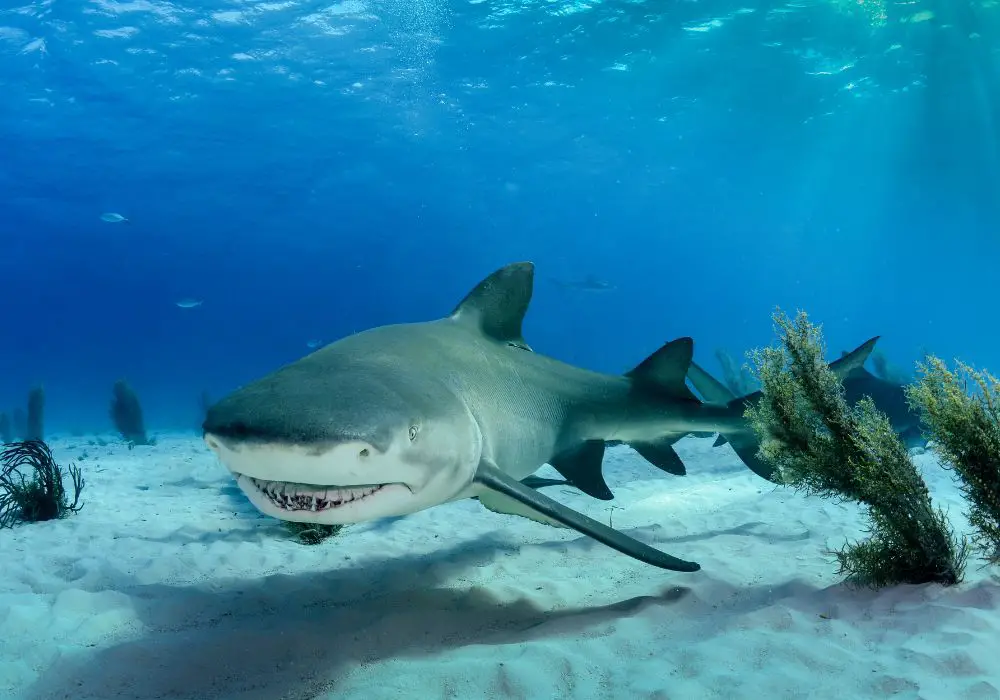
These creatures have multiple rows of teeth that are counted along their jawline. When it comes to their series of teeth, you can start counting them from the front jaw moving inside.
Bull sharks are a species of ground sharks that have seven series and 50 rows of teeth. But on average, sharks have about 5-15 rows of teeth. Sharks lose very often but because of the series and rows, it means that their lost tooth will be easily replaced within the day.
The teeth of a shark can give you lots of information, and many of these creatures can be identified by their teeth shape and by counting them. There are times when experts extract DNA from shark jaws and teeth, allowing them to conduct thorough population studies and collect data.
Different Types of Shark Teeth
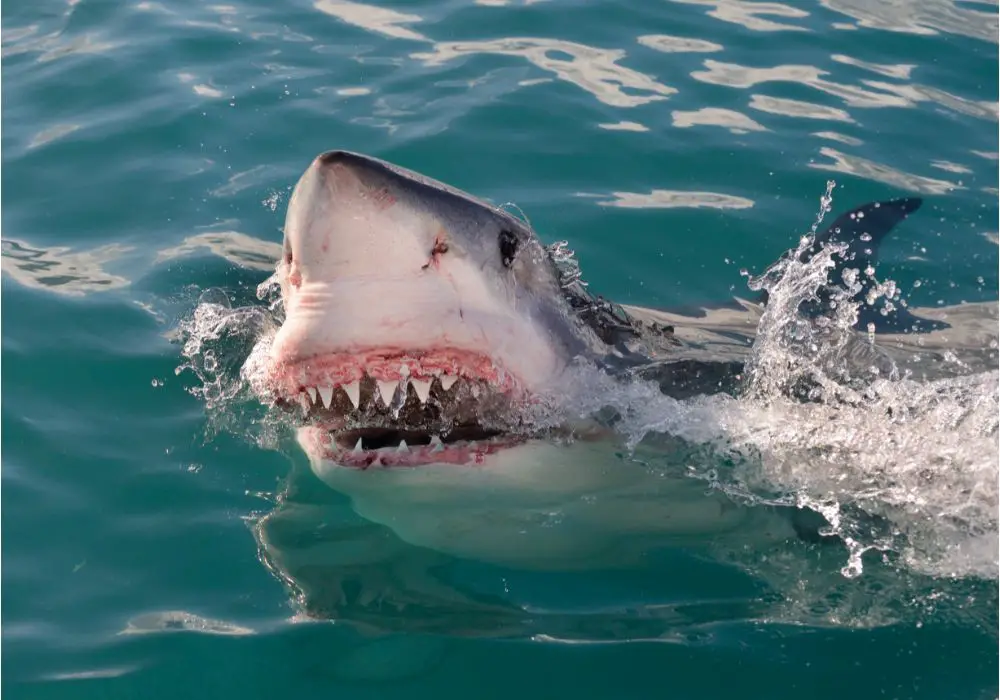
It is interesting to note that there are more than 500 shark species in the sea, and while each of them features its own uniquely shaped teeth, they fall into four main categories.
1. Non-functional teeth
Yes, there are shark species with non-functional teeth, and what is interesting about this fact is that it’s usually the biggest sharks that have these. The two best examples of this are whales and basking sharks.
These two shark species have the tiniest teeth that barely do anything aside from offering some grip when mating. But as filter-feeders, they use their wide mouths to filter thousands of liters of water which allows them to consume tons of Zooplankton daily.
Filter-feeders don’t need to use their teeth, which is why they have those non-functional ones instead. Additionally, these sharks are considered harmless to humans, despite their size.
2. Dense-flattened Teeth
These are shark teeth that can crush and grind bivalves and crustaceans. Bivalves include clams, scallops, oysters, and mussels, while the latter include crabs and lobsters, etc.
Dense-flattened teeth are usually common in sharks like nurse sharks living at the bottom of the ocean. These species feed on turtles, crabs, and crustaceans which is why flattened teeth are necessary for cracking shells open.
3. Needle-like Teeth
These types of shark teeth help grip slippery fish that are narrow-bodied, as well as smaller sharks. Interestingly, needle-like teeth are the first kinds of teeth that develop in sharks.
These kinds of teeth are long and extremely sharp, making them efficient for holding onto narrow-bodied fish. Shark species with this type of teeth include the bull shark. This makes them adept at being able to live in freshwater habitats like lakes and rivers.
4. Pointed Lower Teeth, Triangular Upper Teeth
The most famous shark that has this type of teeth is the great white shark. These are used to saw their prey while their serrated edges cut and chop their targets into smaller bite-sized pieces. This kind of shark tooth is perfect for biting larger prey like dolphins, seals, and whales.
5. The Evolution of the Great White’s Teeth
Transitional teeth were shark teeth, but you will not find these in any breed today. These types of teeth play a crucial role in determining the evolution and history of these creatures. They give us an idea of how sharks have evolved, progressed, and changed from one species to another.
Instead of just being considered as another category of shark teeth, transitional teeth share features of more than a single type. Some of the most vital transitional teeth show the evolution of great white sharks. These shark species evolved from a species that is now extinct, which is the giant mako shark.
Giant mako sharks featured flatter and wider teeth compared to the great whites. However, their teeth started changing over time, becoming more pointed in the lower area, and triangular in the upper section. This is a combination we currently see today.
During this period, the giant mako’s teeth also started developing serrated edges which became sharper and more triangular-shaped.
The Megalodon’s Teeth
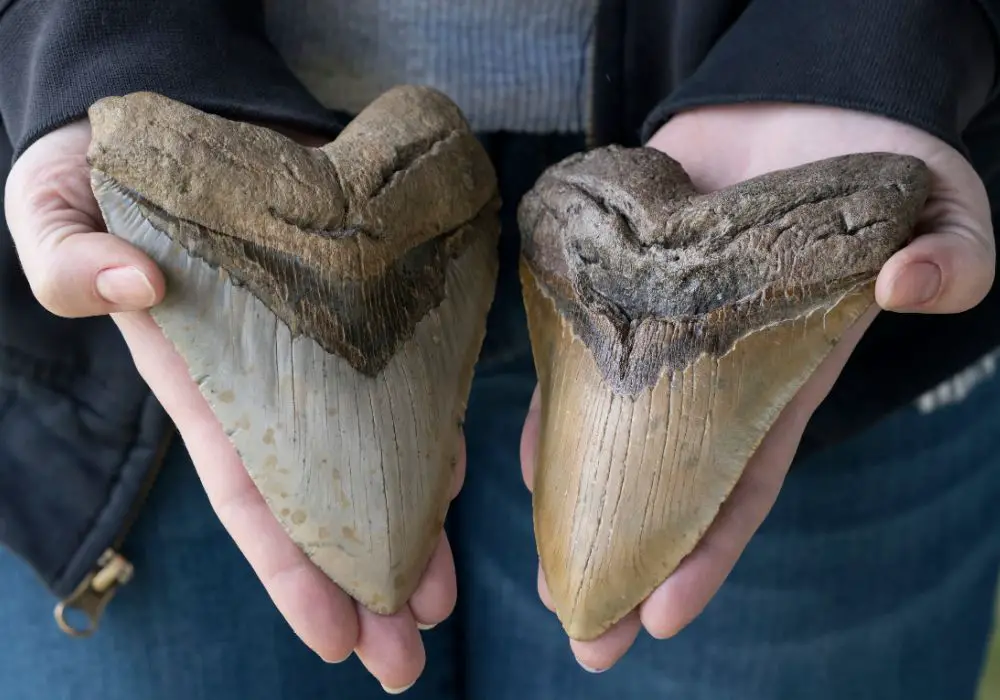
One of the most popular extinct shark species is the megalodon, the largest shark ever known. The similarities in the teeth shape of these giants and the great whites suggest that the two may have been close relatives.
There is a big possibility that the two were connected since the megalodon seemed to have resembled the great whites in appearance. They’re said to have large dorsal and pectoral fins, a bulky torpedo-like form, and a crescent-shaped tail.
As for their teeth, the megalodon’s set is similar to that of modern white sharks with a triangular, serrated, and symmetrical shape. However, they’re also different since their teeth are thicker and larger, with the serrations on every tooth occurring in consistent intervals.
The largest surviving tooth of the megalodon that was found measures 17.8cm long, and is almost three times longer compared to the modern white sharks. The latter usually have teeth that are about 5.4cm long.
Additionally, the megalodon also had a ferocious bite with a diameter of 3m, or 9.8 feet. This is way larger than the bite of averagely-sized white sharks.
Teeth of Specific Shark Species
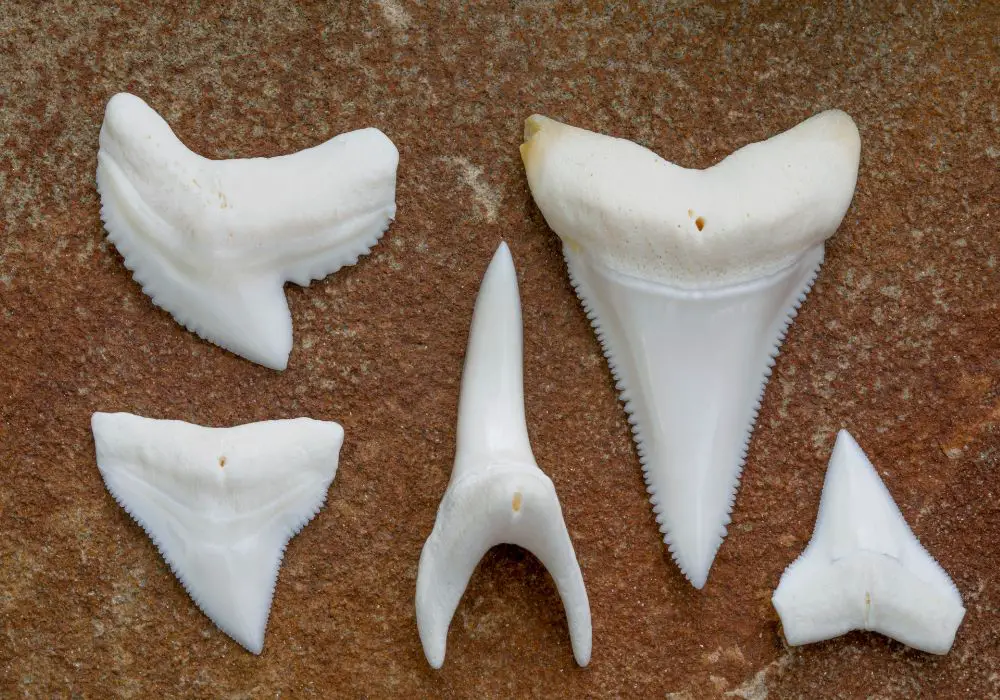
While we’ve mostly talked about sharks in general here, let’s take a closer look at some of the most famous species in a little more detail.
- Great White Shark Teeth – This is one of the most popular shark species with the most famous set of teeth in the animal world! The great whites have rows of teeth that are continuously and regularly replaced throughout their lifetime.
As we mentioned earlier, they have serrated, triangular teeth, allowing them to easily tear through their prey.
- Bull Shark Teeth – Bull sharks have aggressive behavior, and they have an excellent ability to survive in both fresh and saltwater environments.
They have unique, needle-like teeth in front of their mouths used for grabbing prey. Then, they also have dense flat teeth behind their mouth used for grinding and crushing their food.
- Whale Shark Teeth – Whale sharks are another famous shark species but with small, non-functional teeth that aren’t used for feeding.
As mentioned earlier, whale sharks don’t need sharp teeth since they feed by filtering small fish and plankton through their gills.
- Angel Shark Teeth – Angel sharks are known for having wide, flat bodies and a distinct hunting style. Compared to most sharks who rely on agility and speed to capture their prey, angel sharks wait in stealth on the ocean floor before ambushing their target.
Their teeth are also flat and wide with serrated edges. These allow them to crush the shells of their prey. Additionally, their teeth are rare due to the declining population of angel sharks, and habitat loss.
Shark Teeth FAQs
1. What Makes Shark Teeth Unique?
Their teeth aren’t attached to the gums like our teeth, plus, they do not have any roots. However, shark and human teeth have the same density, which means they’re just as equally hard. Another unique aspect is a shark’s ability to quickly create new teeth.
2. Can Shark Teeth Break?
Of course! They either get stuck in prey or are broken and forced out. Although sharks lose teeth on a regular basis, these can get replaced within a day of losing the teeth. This means that missing a tooth for a shark is no big deal.
3. How Long Do Shark Teeth Last?
It can take as little as a week for a shark to lose a new tooth but most last a little longer than that. They don’t last very long at all, especially compared to the adult teeth we have that last a lifetime!
Conclusion
How many teeth do sharks have? Well, it depends on the species with most having somewhere between 50 and 300. But with a shark’s ability to create new teeth all the time, they can go through thousands of teeth during the course of their lifetime.




